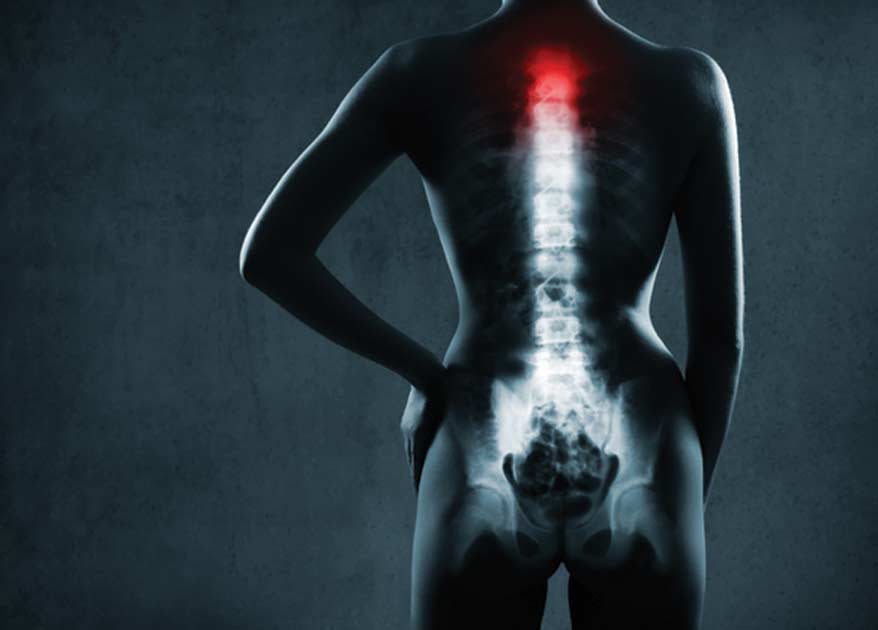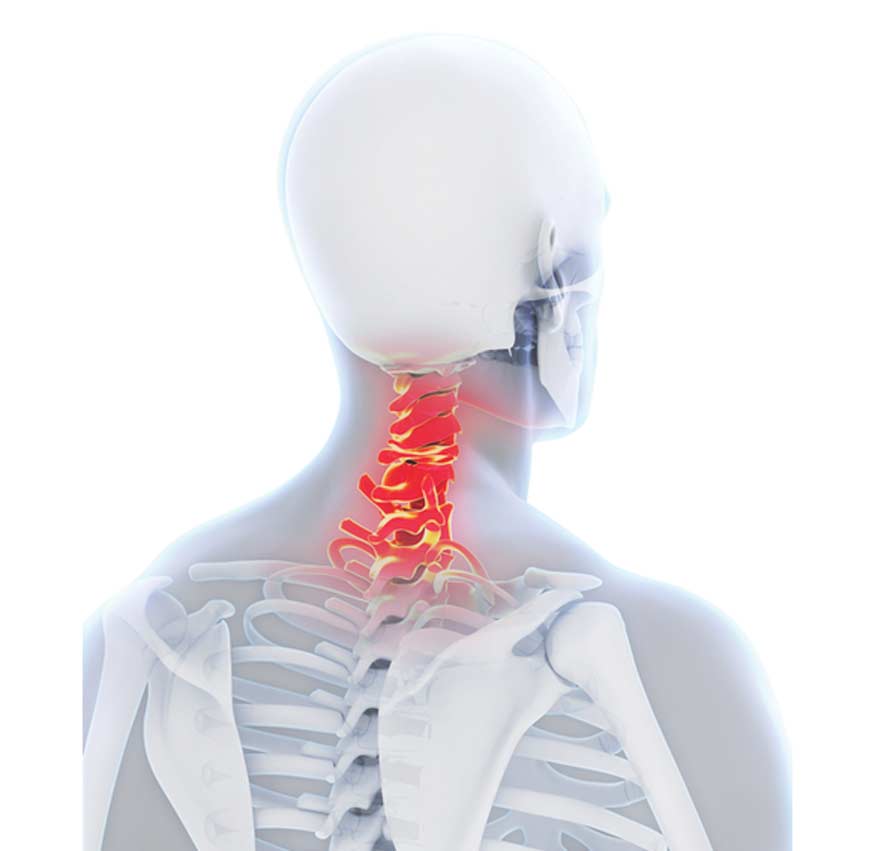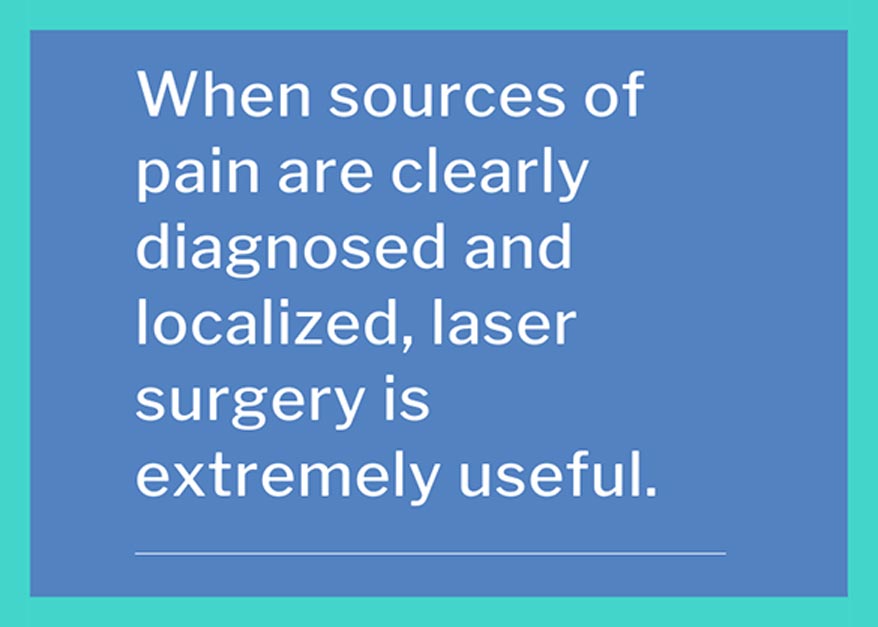


Spine pain that’s sticking around often occurs because something is off with your backbone’s joints, discs, muscles, or nerves. Age can play a role in lower back or neck pain, but it’s only of several contributing factors to this type of discomfort. Regardless of what type of pain you may be experiencing, your primary goal is finding relief. If non-surgical efforts to eliminate or manage your pain aren’t effective, outpatient laser spine surgery may provide the desired relief.
Reasons for Laser Spine Surgery
Sometimes a structure in your spine, usually one of the discs, needs to be removed because it’s damaged or diseased and affecting nerves. When this happens, the backbone becomes unstable. The solution is a stabilization procedure, usually some type of fusion surgery or the insertion of a spacer or artificial disc to maintain spinal height. Conditions often causing nerve compression that may be treated with laser spine surgery include:
- Degenerative joint or disc disease (age-related deterioration)
- Herniated, slipped, or collapsed discs
- Spinal narrowing (spinal stenosis)
- Spinal curvature (scolosis)
- SI joint pain and sciatica
- Bone spurs
- Facet disease/syndrome
Performing Procedures
Laser spine surgery is often combined with minimally invasive procedures performed with smaller incisions. Some procedures use a tiny video camera (endoscope) that allows surgeons to view the affected area of the spine. With certain procedures, special devices called tubular retractors are used to minimize muscle damage while accessing the part of the spine that needs to be treated. Lasers may be used to reduce the size of a damaged disc or deaden nerves that are being compressed. Fluoroscopes (live X-rays) are used during many procedures to improve accuracy.
Minimally Invasive Decompression Surgery
A discectomy is a minimally invasive decompression procedure done to remove part of a damaged disc that’s pinching or pressing on nerves. With facet thermal ablation, nerves in the area of the spine affected by arthritis are deadened. If nerves near a narrow passageway on the sides of a vertebra are affected by a bulging disc or another condition, a foraminotomy may be performed.
Space for nerves may also be increased with a laminectomy or a laminotomy. These procedures involve either partial or complete removal of a tiny bone that protects and covers the spinal cord and canal. Advanced techniques commonly used during laser spine surgery often allow spinal stability to be maintained during a laminotomy or laminectomy.


Minimally Invasive Fusion Surgery
If the spine becomes unstable due to the removal of a disc or other corrections that may need to be made, fusion surgery is often necessary to restore stability. Some types of fusion surgery can safely be performed as minimally invasive, outpatient procedures.
Stability in the lumbar (lower) spine may be restored after a damaged disc is removed with either a minimally invasive transforaminal lumbar interbody fusion (TLIF) or a lateral lumbar Interbody fusion (LLIF). A lateral fusion is performed through a small incision on the side. Both procedures typically use a spacer and bone graft to stabilize the spine.
A bone or titanium plate is typically inserted to restore stability after a damaged disc in the neck is removed during an anterior cervical discectomy and fusion (ACDF). It’s a type of laser spine surgery performed through a small incision in the anterior (front) part of the neck. Another option for some patients is replacement of a removed disc with a new, artificial disc.
Who’s a Preferred Candidate?
Ideal candidates for laser spine surgery are patients who have been diagnosed with a likely source of their spine-related pain. Some patients who have failed back surgery syndrome (FBSS) sometimes benefit from outpatient laser spine surgery. Preferred candidates are also usually those experiencing:
- Continued or worsening symptoms
- No success with non-surgical treatments
- Difficulty with daily activities due to spine pain
While there are many advantages associated with minimally invasive laser spine surgery, the ultimate goal is to help patients find meaningful relief from painful and disruptive symptoms. If this is the right option for your type of discomfort, your recovery could be even more productive if you take positive steps to keep your spine healthy post-recovery. This includes getting appropriate exercise specific to your capabilities, being mindful of your posture, and doing proper warm-ups before playing sports or starting a strenuous workout.










